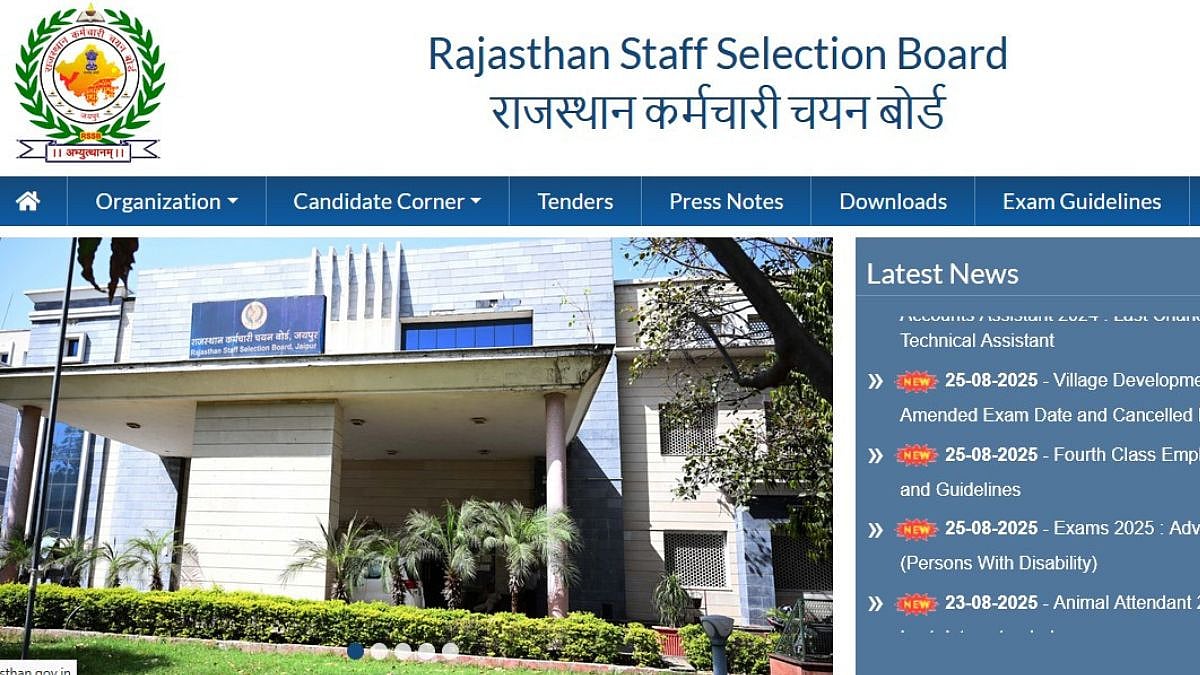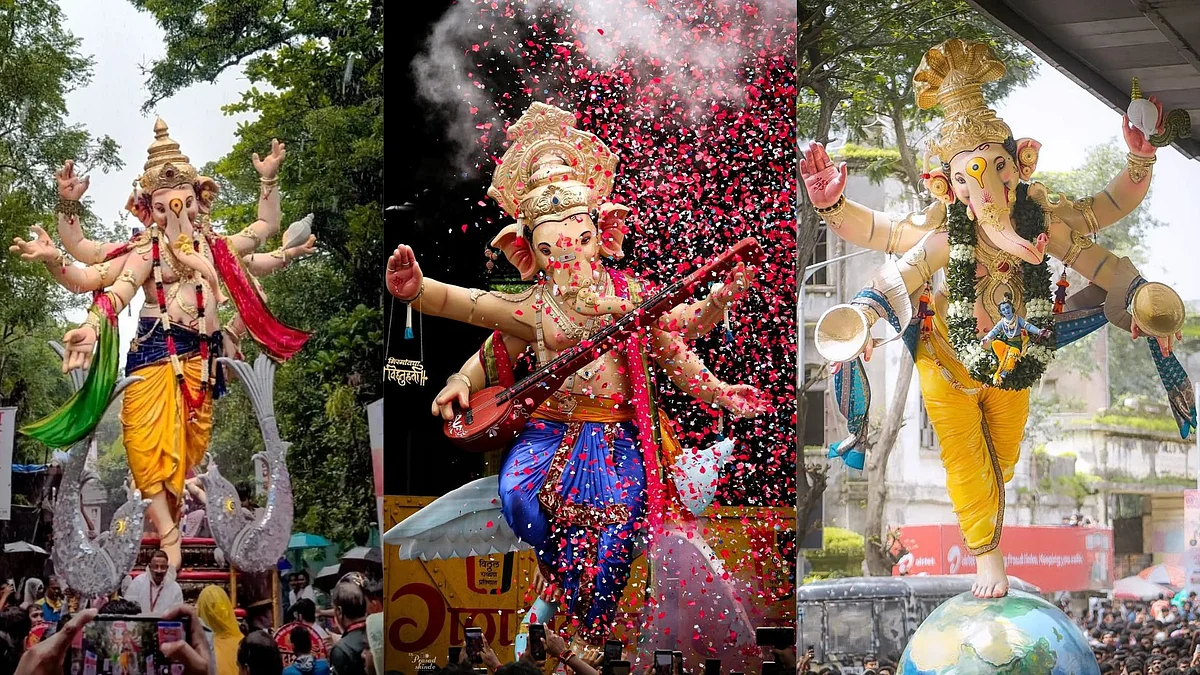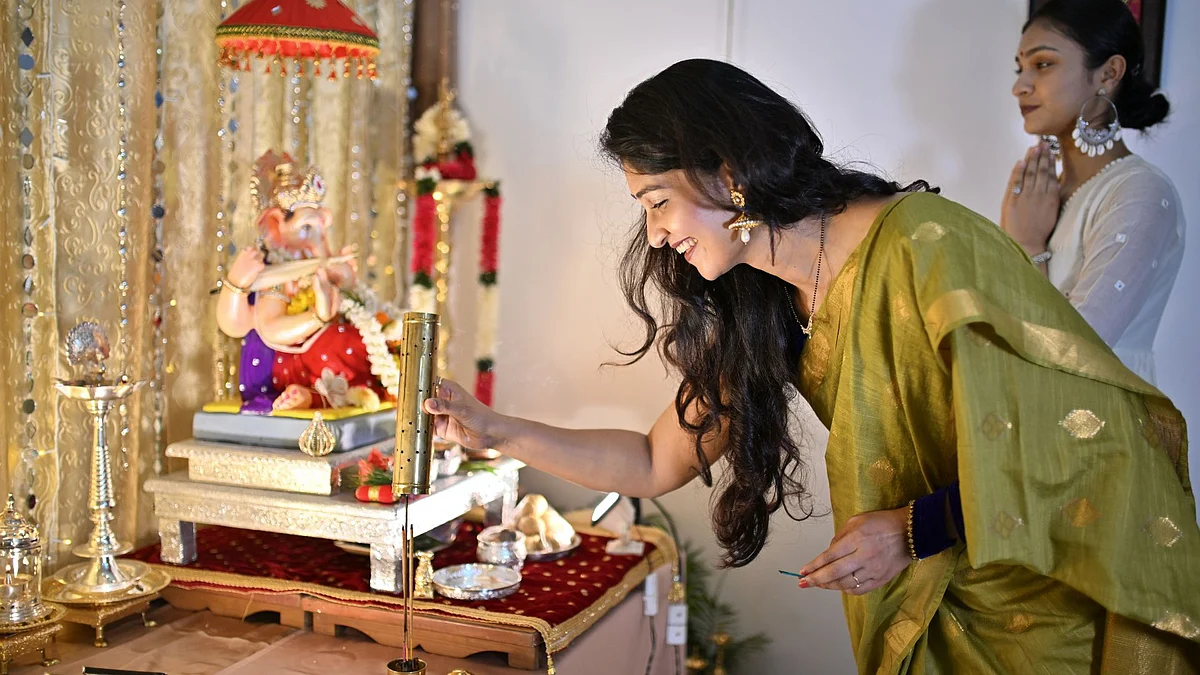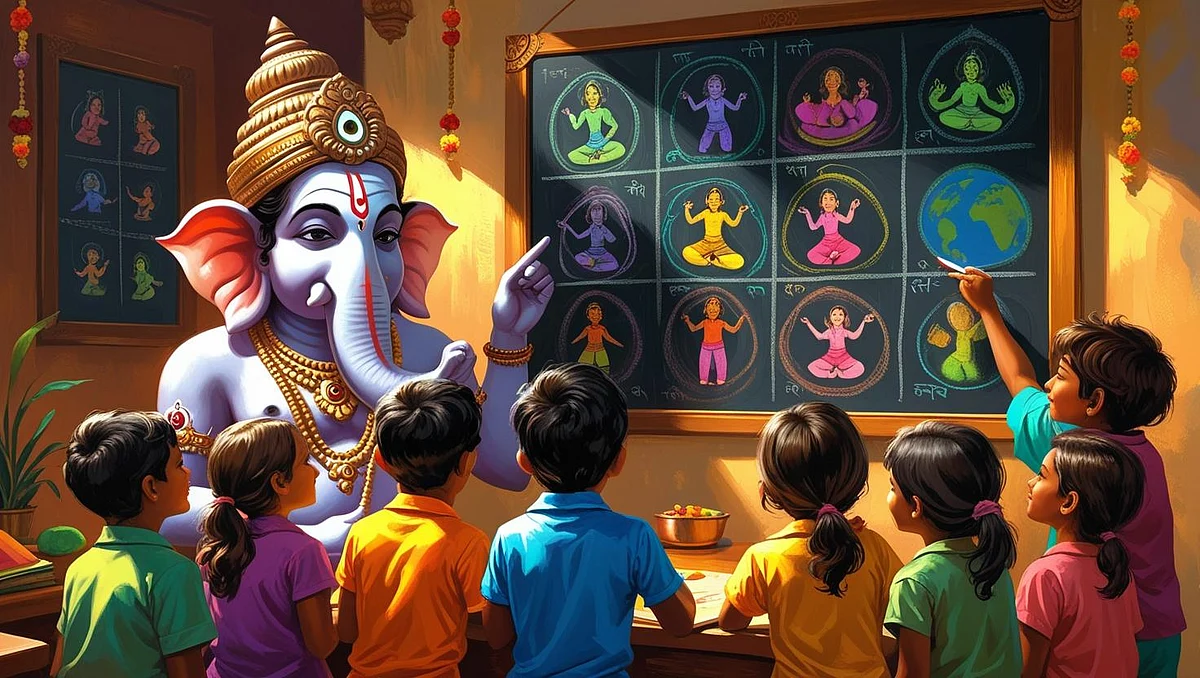Shama Zaidi, screenplay writer, The Making of The Mahatma

Pic: wikimedia commons
The title of the film The Making of the Mahatma is indicative of our approach to the film. It depicts the inner and outer journey of Mohandas Karamchand Gandhi, who eventually evolved into the Mahatma. Gandhi developed a methodology of resistance, which inspired millions of Indians to struggle for freedom from colonial rule. But, today, violent methods of physically destroying ones enemies is the more admired approach.
Rajit Kapoor, actor, The Making of The Mahatma

My interpretation was totally based on the book, My Experiments With Truth. It deals with the inner struggle of Mohandas Karamchand Gandhi during his stay in South Africa. His principles of non-violence, speaking the truth and facing it’s consequences, hygiene and cleanliness, natural and organic methods are significant and relevant today.
Chandrakant Kulkarni, director & Ajit Dalvi, writer, Gandhi Viruddh Gandhi

Left to right: Chandrakant Kulkarni & Ajit Dalvi |
When we made Gandhi Viruddh Gandhi, some people thought we would misinterpret or criticise Gandhi. But, that was not our intention. We have tremendous respect for Gandhi and we wanted to show the poignant relationship between Gandhi and his elder son, Harilal. The play was broadly based on Dinkar Joshi’s novel, Prakash Na Padchhaya. It was made into five languages — Marathi, Hindi, English, Gujarati, and Kannada. I directed three of them. The theatrical presentation written by Ajit Dalvi, professor of Political Science, was praised by the audience and critics alike. In the Marathi version, Atul Kulkarni stepped into the shoes of Gandhi, Bhakti Inamdar played Kasturba, and Kishor Kadam portrayed Harilal. Ajit and I did tremendous research and our aim was to show his personal struggles while being a larger-than-life public figure. People thought Gandhi in public was different from what he was at home. But that was not the case. His principles were the same, and he taught them to his elder son as well. However, Harilal reacted in a wrong way to his father’s teachings and protested against his ideologies. It was also more of a psychological conflict. We focused on this side of Gandhi’s life. We read up on him, used photographs, letters, and books written on him to draw references. He lived for truth. He accepted his flaws and overcame every vice to improve his life. Gandhi was a difficult man to understand. He didn’t live like a common man. And we didn’t want to misinterpret that in anyway. Even today, world over, our country known as Gandhi’s India.











